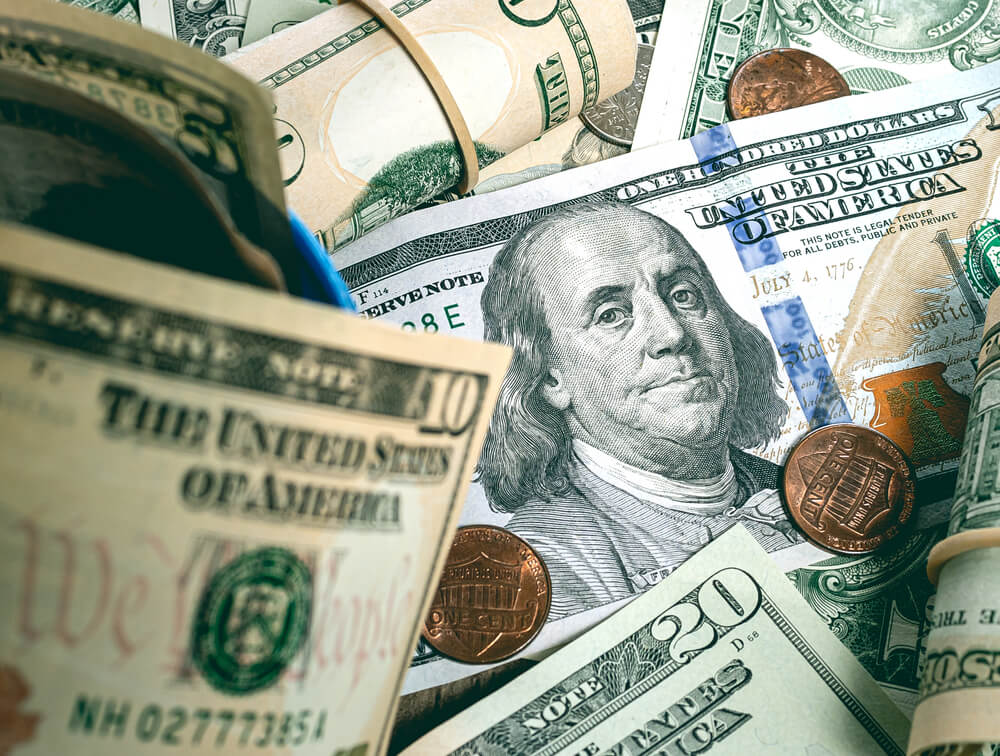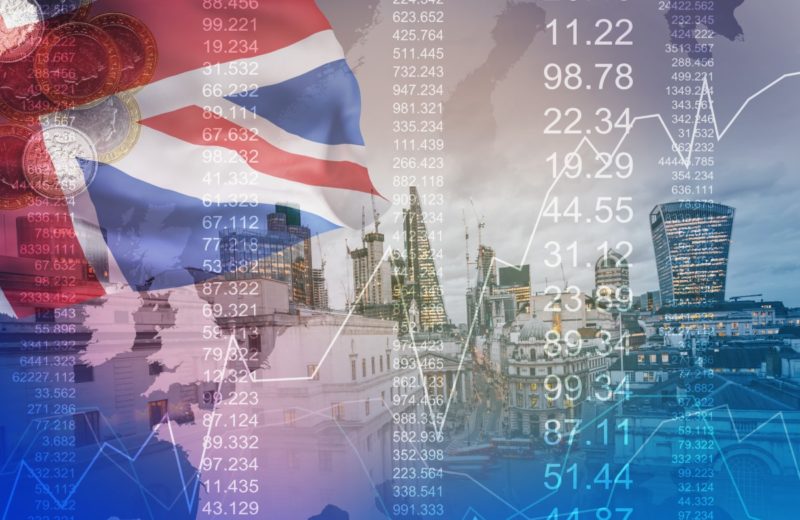The dollar steadied on Wednesday after swinging along with bond market volatility in recent sessions. Investors looked for signs about the course of interest rates in US economic statistics. Federal Reserve rhetoric also contained the corporate earnings.
The dollar index rose 0.09% to 101.81 in Asian trading. Besides, it measured the greenback against six major currencies. Following a 0.36% drop on Tuesday, the index reversed to the previous session’s 0.54% advance. The index fell to a one-year low of 100.78 on Friday.
Two-year Treasury rates in the United States reached a nearly one-month high of 4.231% overnight. Due to the sensitivity to Fed predictions, the rates stayed up in Tokyo trading on Wednesday.
The dollar-yen pair rose 0.19% to 134.35 yen per dollar. With the tendency to mirror the US yields, it recouped a 0.29% loss on Tuesday.
Speaking with Reuters, St. Louis Fed President James Bullard said he favors 75 basis points of additional tightening. He predicted one more 25 basis point raise next month and up to two quarter-point cuts later this year.
In contrast, Atlanta Fed President Raphael Bostic told CNBC also shared his opinion. He expects only one more quarter-point raise, followed by a long hiatus.
As yields increase, the Fed’s forecast is weighed
It seems probable that the market will accept a 0.25% rise at the May gathering. Therefore, the ebb and flow of expectations about rate cuts this year are causing US bond market volatility. Ray Attrill, National Australia Bank’s head of foreign-exchange strategist, shared in his recent report.
The bond market volatility drives the dollar, not the other way around.
Lower demand aided the dollar’s slide to retain its safety on Tuesday. Following the event, Chinese economic growth figures boosted Australia’s risk-sensitive currency. Attrill referred to the situation as a “blockbuster.”
The Australian dollar remained stable at $0.6730 on Wednesday after experiencing a 0.41% gain the previous day.
Following a 0.42% increase on Tuesday, the euro fell marginally to $1.0967. After a 0.38% gain the day before, the sterling fell slightly to $1.2420.
Last year, the dollar index completed a frenetic 16-month ascent. Remarkably, it rose to a two-decade high of 114.78 at the end of September. Later, the session ended with a rapid, persistent decline until the beginning of February.
Furthermore, the dollar reached a three-month high in early March. It subsequently rebounded as a banking crisis fueled the fears of a worldwide recession.
However, recent bank earnings remained excellent overall. Bond rates managed to recover quickly from multi-month lows set last month.
















